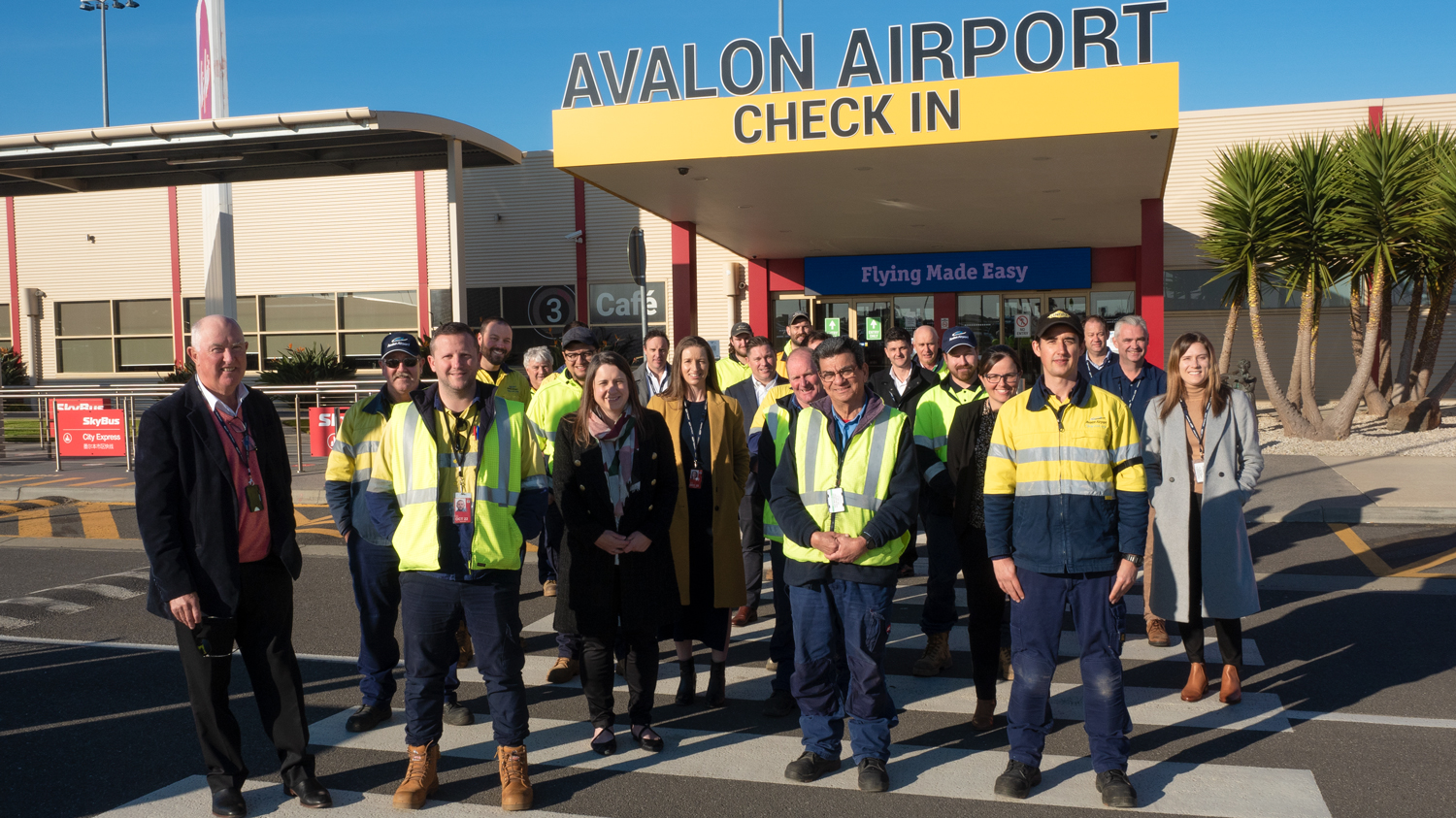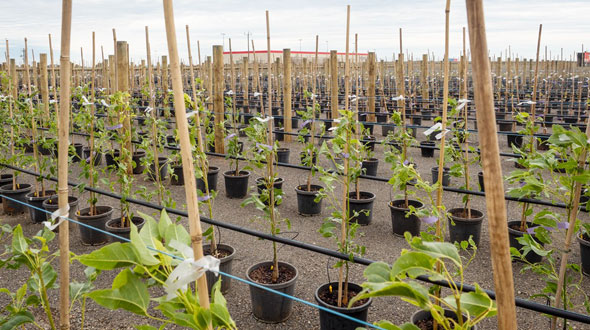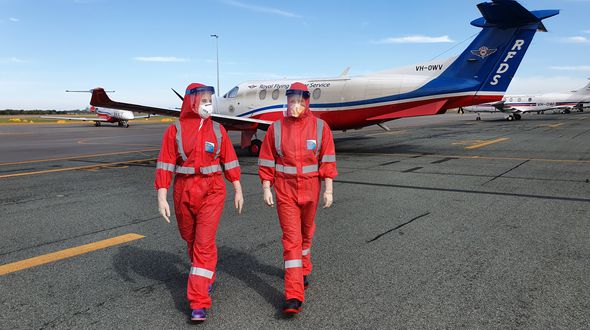Article supplied by CASA.
| Announcements Flight operations rules. The new flight operations rules commenced on 2 December. Regular editions were sent of an e-newsletter What can I do now? with news and updates to help industry transition to the new rules. 14 December – revised pilot guides, our clarification of the cockpit recorder rules and how the rules have come together. 9 December – thanking everyone who has worked through the transition steps, next steps, tips and tricks on using our new website, and newly published material. 29 November – recap of what happens if you don’t submit and last-minute clarifications on instruments, chemical spraying and affected delegates and authorised persons. 22 November – what happens if you don’t submit any documentation and making it easier to do so, what’s happening to some of the rules you may be familiar with and new training modules. 15 November – how we’re making it easier to find the rules, minor MOS changes, sending your instruments and changes for sport and recreational aviation. 8 November – your letter from the Director of Aviation Safety, the recordings of our live question and answer sessions and what’s new in guidance materials.We also made, updated or repealed a series of instruments and Civil Aviation Orders to support the commencement of flight operations rules. See our website for the full list. Guides for pilots now available We have updated and refreshed our guides designed to help pilots and operators understand the rules of the air: Visual Flight Rules Guide (VFRG) Part 91 Plain English Guide (Part 91 PEG) updatedDeferral for new sport and recreational aviation rules, balloon rules We have deferred making of the Part 103, Part 105 and Part 131 Manuals of Standards (MOSs) following industry feedback. Relevant CASA instruments and Civil Aviation Orders have been re-issued for an interim period to maintain existing requirements while we work with industry to finalise each MOS. Sport and recreational aircraft Part 103 of Civil Aviation Safety Regulations (CASR) and its associated MOS applies to the operation of certain sport and recreational aircraft administered by Sport Aviation Bodies. While the Part 103 MOS is being finalised, these operations will be subject to amended Civil Aviation Orders (CAOs) to ensure continued operation of sport and recreational aircraft from 2 December 2021. The amended CAOs include exemption from Part 103 and relevant provisions in Part 91. The amended CAOs include an updated CAO 95.55 which now permits an ASAO to administer operation of aircraft with a higher maximum take-off weight (MTOW) of 760 Kg once updated manuals are approved by CASA. This change reflects previously supported consultation. The updated CAOs are: CAO 95.4, CAO 95.8, CAO 95.10, CAO 95.12, CAO 95.12.1, CAO 95.32, CAO 95.55. Parachuting from aircraft Part 105 of CASR and its associated MOS prescribe operating rules and details standards for conducting parachuting from aircraft. Relevant CASA instruments have been re-issued for an interim period to maintain current requirements. The re-issued/new instruments are: Instrument 263/02 – CAR 152 approval (ASA) Instrument 11/17 – Direction (ASA) Instrument 36/19 – CAR 152 approval (APF) Instrument 84/18 – Direction (APF) Instrument EX153/21 – Trainee parachutists exemption (new instrument)Balloons and hot air airships Part 131 of CASR and its associated MOS work together with Part 91 of CASR to describe all the general operating and flight rules for manned free balloons and hot air airships. While the Part 131 MOS is being finalised, relevant Civil Aviation Orders (CAO) have been updated to ensure a continued effective regulatory scheme for Part 131 aircraft operations from 2 December 2021. The updated CAOs are: CAO 95.53 (Commercial Balloon Flying Training and Balloon Transport Operations) Instrument 2021, CAO 95.54 (Part 131 Recreational Activity and Specialised Balloon Operations) Instrument 2021. CAO 82.0 and CAO 82.7 have been updated for operators conducting commercial balloon flying training under an AOC. Extra time to complete certain pilot examsWe have published a new exemption (CASA EX138/20) to assist individuals who may be having difficulty completing their Commercial Pilot Licence and Air Transport Pilot Licence examination program due to border closures and social distancing rules affecting their ability to attend exam venues. |
| ConsultationsSouth-west capes, Western Australia, broadcast areaThe Office of Airspace Regulation is proposing a broadcast area in the vicinity of the south-west capes, Western Australia, following issues raised by local stakeholders. Provide your feedback by 10 January. Automated airspace authorisation trialWe’re seeking industry feedback on our automated airspace trial which allows operators who hold a remotely piloted aircraft operator’s certificate, or those who operate under one with a remote pilot licence, to apply to fly an RPA within 5.5 km of a controlled airport. Visit our Consultation Hub today. The survey closes on Friday 28 January 2022. Proposed changes to regulations for remotely piloted aircraftThe proposed amendments will benefit industry, reducing complexities and regulatory burden. To have your say, visit the CASA Consultation Hub. Submissions close on Monday 7 February 2022. We have published the summary of consultation for the following:Proposed relocation of NVIS legislation into Parts 91, 133 and 138 Manuals of Standards Proposed new Part 131 manual of standards – balloons and hot airships |
| Guidance materialsAdvisory circularThe following advisory circulars were published during November/December:AC 131-04 v1.0 – Management of change for balloon transport AOC holdersAC 91-09 v1.0 – Ditching AC 91-25 v1.0 – Fuel and oil safetyAC 91-22 v2.0 – Aircraft checklist AC 91-10 v1.1 – Operations in the vicinity of non-controlled aerodromes AC 91-02 v1.1 – Guidelines for aeroplanes not exceeding 5 700 kg – suitable places to take-off and land AC 91-18 v1.1 – Restraints of infants and children AC 135-13 v1.0 – Prescribed single-engine aeroplanes. Acceptable Means of Compliance and Guidance MaterialThe following Acceptable Means of Compliance and Guidance Material were published during November:AMC/GM Part 131 v1.1 – Balloons and hot air airships AMC/GM Part 119 v2.1 – Australian air transport operators – certification and management AMC/GM Part 91 v2.1 – General operating and flight rules. |



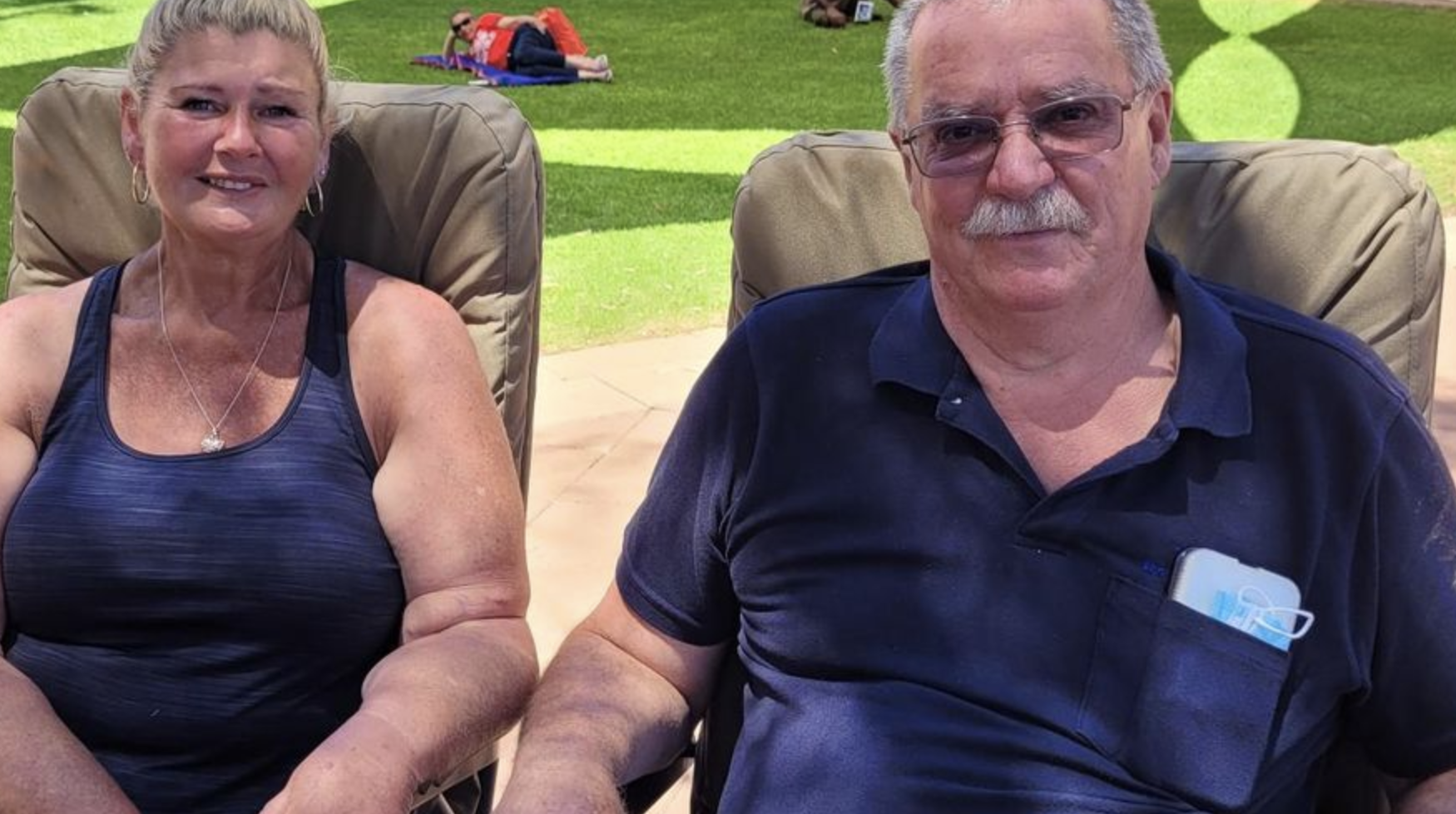
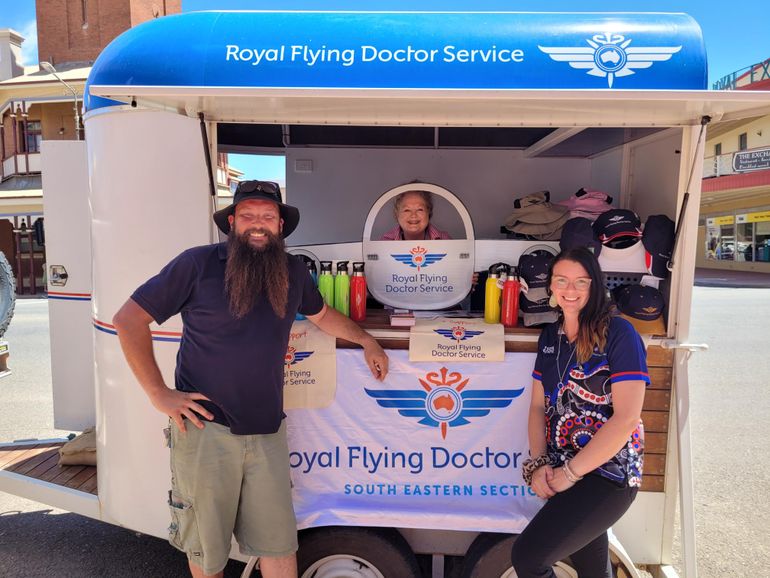




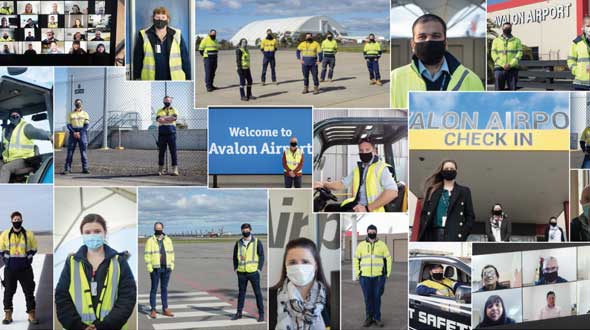
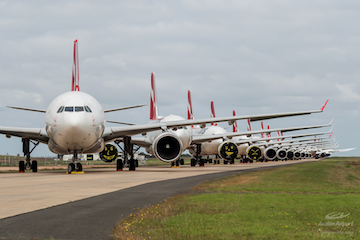 The team was thrilled to win the WorkSafe sponsored Safe & Healthy Business Award. The airport has always made safety a priority, and completed major upgrades across 2020 that furthered their commitment to creating a safe and healthy space for staff and passengers.
The team was thrilled to win the WorkSafe sponsored Safe & Healthy Business Award. The airport has always made safety a priority, and completed major upgrades across 2020 that furthered their commitment to creating a safe and healthy space for staff and passengers.
